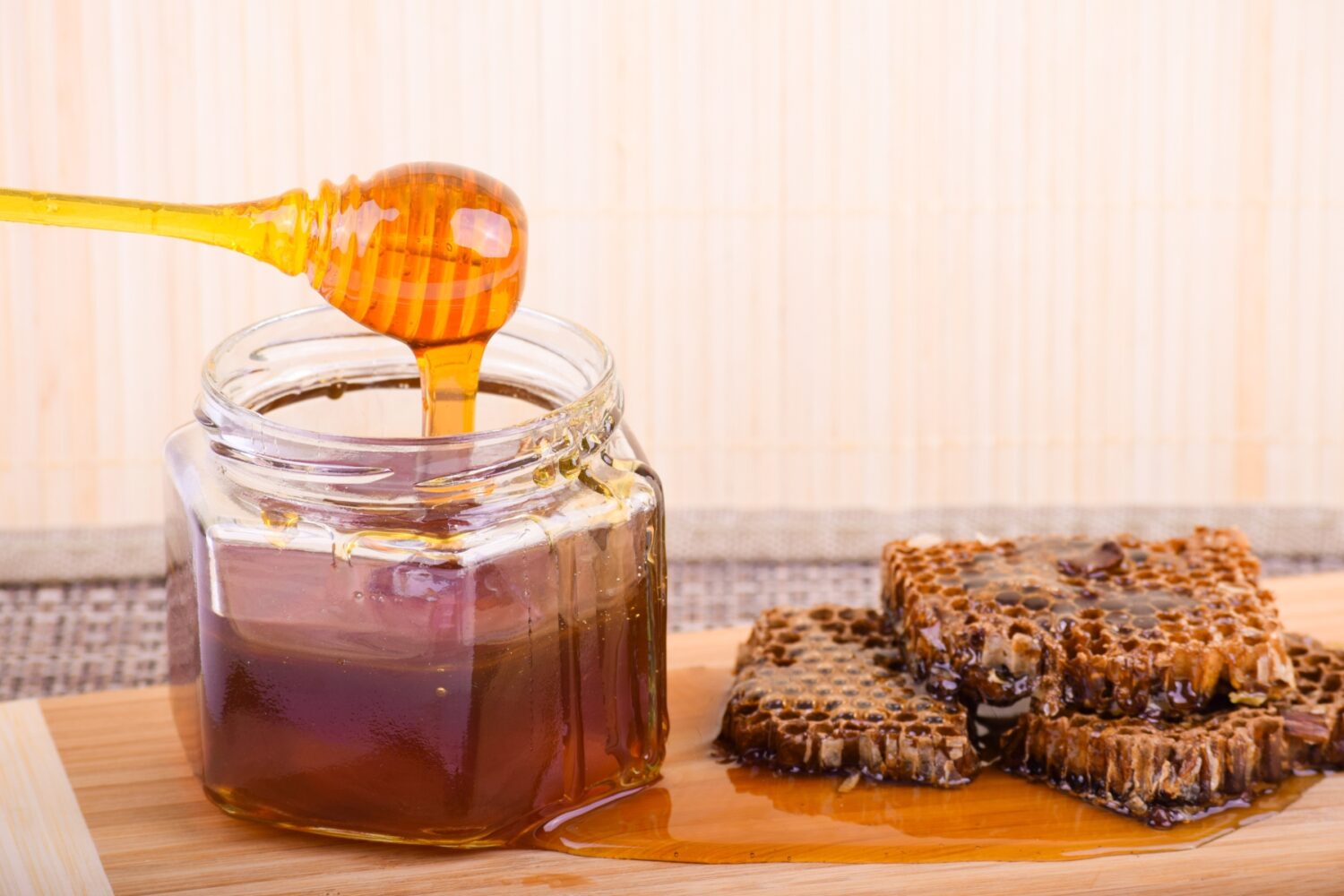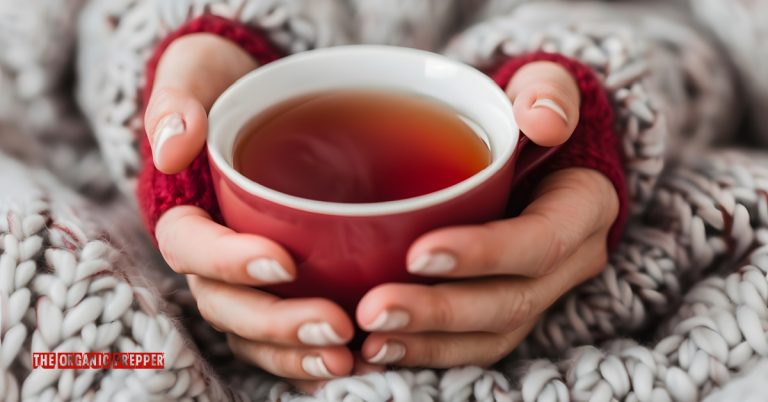Some of the links in this post may contain affiliate links for your convenience. As an Amazon associate I earn from qualifying purchases.
The wonderful thing about honey, is honey’s a wonderful thing. Winnie-the-Pooh’s words of wisdom about honey are more true than I first realized. The value of honey has been recognized for centuries thanks to its natural sweetness, preservation qualities, and health benefits. Researching this golden nectar has only deepened my appreciation for the product of those busy little bees. Here are some fascinating facts about honey bound to leave you buzzing with newfound appreciation for this remarkable gift from the bees.
One of My Favorite Uses for Honey
One of my favorite uses for honey is as a face cleanser. It leaves my skin feeling baby-soft, and my only complaint is that it almost always gets in my hair, no matter what. We always have at least one or two large containers of honey in the house, not only for beauty routines but mostly for cooking and eating.
Not All Honey is Equal
As I’ve researched all the facts about honey that I wanted to know, one thing stood out: it’s important to know that not all honey is created equal. Or, more accurately, not all honey on the grocery store shelves is equal. Some grocery store honey has been treated and no longer has the health benefits discussed here.
If you can possibly buy from a local farmer, farmer’s market, or a reputable local company, it really is the healthiest choice.
Not all honey is created equal. Or, more accurately, not all honey on the grocery store shelves is equal. Click To Tweet
Facts About Honey
- Never refrigerate honey. From a shelf-life standpoint, it’s unnecessary as honey doesn’t go bad. Also, cold honey is hard to pour.
- Slightly warmed honey is easier to measure out and mix. For ultimate convenience, though, honey powder is a great option for baking and everyday use.
- One 12-ounce honey bear is equal to one cup.
- If it crystallizes or becomes granular, place the open container in a bowl of hot water until it liquifies again.
- Honey is rich in calcium, iron, potassium, magnesium, and lots of vitamins and can replace sugar in recipes. To replace sugar with honey in a recipe, substitute 2/3 to 3/4 cup of honey per cup of sugar, and decrease the amount of liquids by 1/4 cup per cup of honey used. Stir the mixture very thoroughly. Lower the baking temperature by 25 degrees. Watch the baking time carefully since foods brown more quickly when honey is used. This yummy dinner roll recipe uses honey.
- Honey contains antioxidants, which help protect against cellular damage.
- Use honey on wounds to help them heal faster. Honey is a natural antibiotic, and as a burn remedy for mild burns not requiring medical care, honey kills germs and moistens the wound.
- Add a few drops to your hair conditioner. Uh-mazing!
- Bee stings beware! Honey can help alleviate the sting’s itching and discomfort.
- Raw, Manuka honey is the preferred variety for first aid treatment.
- It can be used as a treatment for chapped lips! Who among us doesn’t carry lip balm in their purse? I love Burt’s Bees but you can make your own beeswax-based products, too!
- According to the Centers for Disease Control, because of the risk of infant botulism, only give honey to children over the age of 12 months. They also don’t advise it for diabetics.
- Toxic, or Mad Honey, was used in warfare to gain the advantage. Texas A & M University shares about how toxic honey enabled the slaughter of 1,000 Pompeian soldiers.
- A good rehydration beverage combines 1/2 c. honey, 1/2 t. salt, 2 c. orange juice, and 5 1/2 c. water. Use lukewarm water to help the honey dissolve faster, then cool.
- Adding a little local honey (produced within 50 miles) to your kid’s diets may help prevent some allergies. The bees have been collecting pollen from plants in your specific area, the same pollen that is the culprit behind many allergies. Tiny doses of this pollen have the same effect as allergy shots, helping the body build immunity against pollen. Honey enriched with pollen is also a good option for getting pollen in you or your kid’s diet. It’s delicious smeared on toast! (Note: filtered honey has had the pollen removed, so do not expect the same benefits from filtered honey.)
- Honey can treat pink eye.
- Bees have been known to produce blue and green honey.
- Honey can be purchased in a crystal form. When rehydrated, it can be used as liquid honey.
- Honey should be stored in closed containers because it absorbs moisture from the air, which can cause it to ferment.
- Have a favorite hangover remedy? Try honey instead. It’s the fructose that revs your metabolism!
- When eaten regularly, it can lower blood pressure and help to keep arteries unclogged. It also helps gives your digestive and immune systems a helping hand.
- An African bird called the Honeyguide locates and feeds on wild honey. The Honeyguide becomes very chatty when it finds a beehive, making it possible for people to retrieve honey themselves.
- Ancient Egyptians used honey as a form of money and fed it to their sacred animals.
- Honeybees are the only insect that actually produces food for humans! Just one reason to learn about beekeeping and becoming a beekeeper, or just make your backyard or garden bee-friendly. Payback the favor! Viva la honey!!!
From sweetening our morning tea to its applications in modern medicine, honey continues to weave itself into the fabric of our lives. These fascinating facts remind us that the wisdom of the past often holds the key to our present well-being.
Did any of this information surprise you?
Originally published January 15, 2019.

















